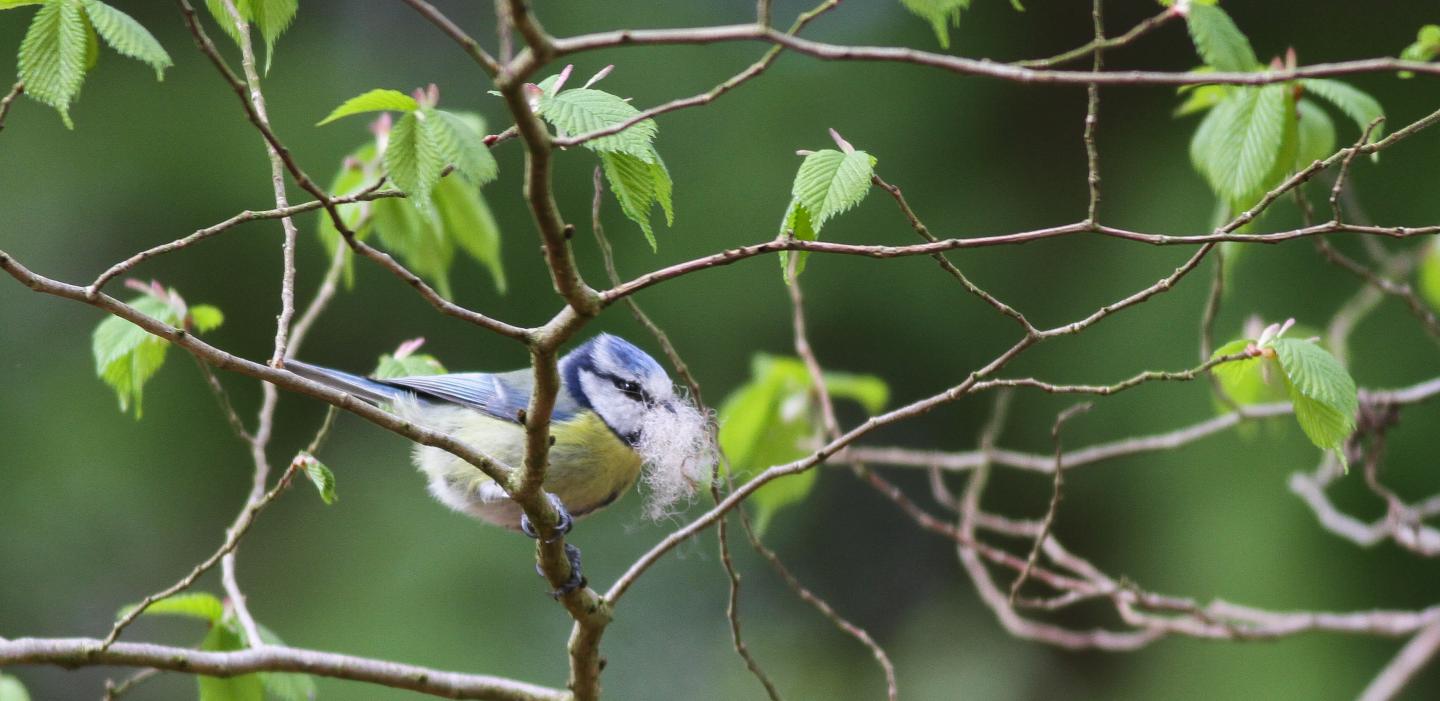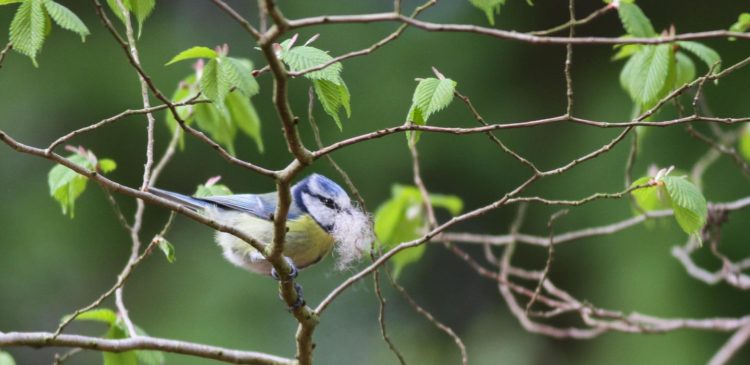
Credit: Gergana Daskalova
As climate change continues to cause temperatures to rise, the breeding patterns of birds such as blue tits are being altered as evenings in spring get warmer, researchers say.
Previous research has shown that warmer springs have led birds to begin breeding earlier. However, until now, scientists had not identified the key factors that cause this behaviour.
With increasing spring warming, chicks may begin hatching after periods when caterpillars – their main food source – are most plentiful, scientists say.
Warmer temperatures are causing the peak in caterpillar numbers to occur earlier in the year, and birds like blue tits are responding too, but often not fast enough, the team says.
A team of biologists from the University of Edinburgh analysed data from 40 Scottish sites over a five-year period.
They found that birds decide when to reproduce based on night-time temperatures in springtime. Their findings suggest that colder temperatures may act as a constraint that delays the processes of building nests and laying eggs.
Blue tits were also found to lay eggs sooner if birch trees come into leaf earlier. This is some of the first evidence that birds use trees as a cue for timing breeding. Blue tits may use birch trees as a signal because they come into leaf earlier than other species, the team says.
Using data gained from two national citizen science projects, researchers found that night-time temperature and birch leafing have very similar effects on the breeding behaviour of woodland birds across the UK.
Dr Jack Shutt, of the University of Edinburgh’s School of Biological Sciences, who led the study, said: “Working out what information birds use to time breeding is key to us accurately predicting how this may change under future conditions, and what effect this will have on them.”
###
The study, published in Proceedings of the Royal Society B, was funded by the Natural Environment Research Council. It involved researchers from the Woodland Trust, British Trust for Ornithology, University of Exeter, and Royal Society for the Protection of Birds.
Media Contact
Corin Campbell
[email protected]
44-131-650-6382
Related Journal Article
http://dx.





